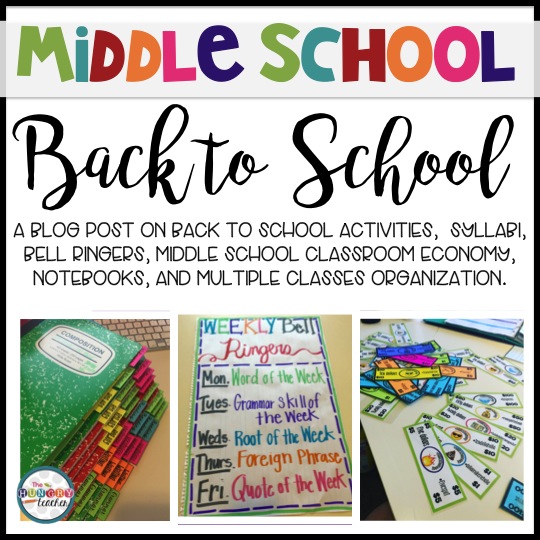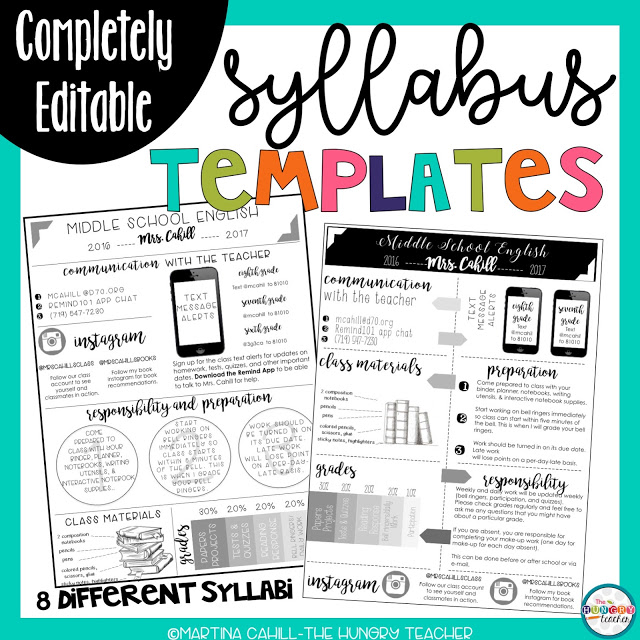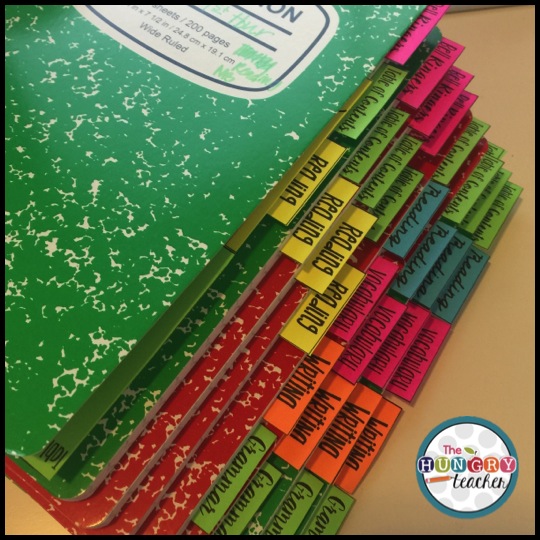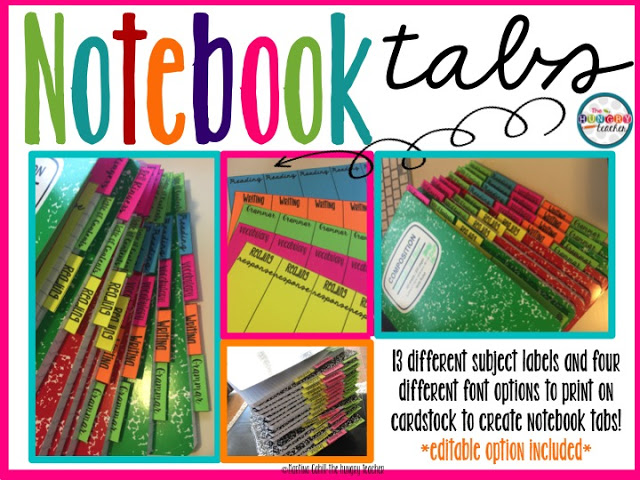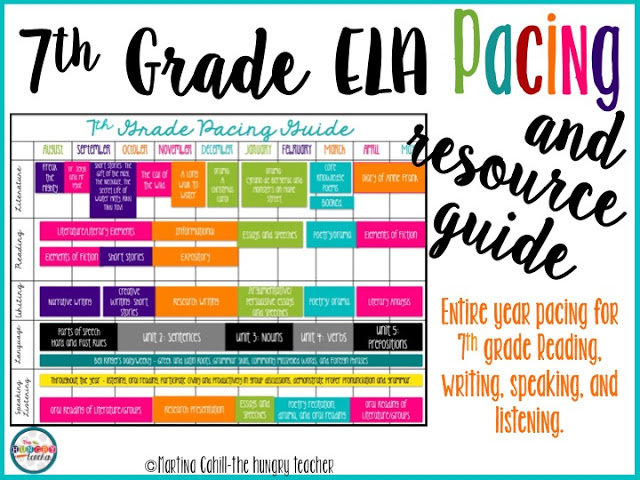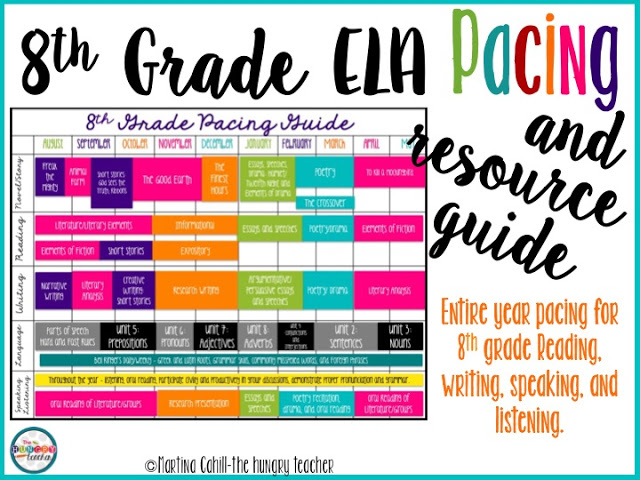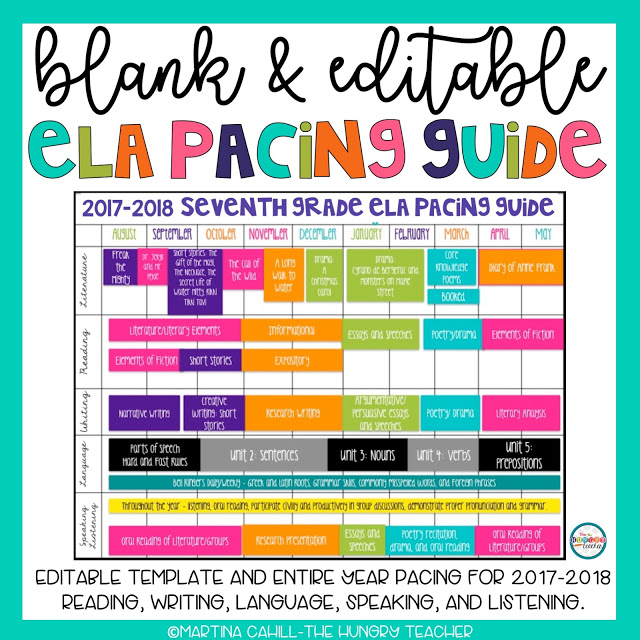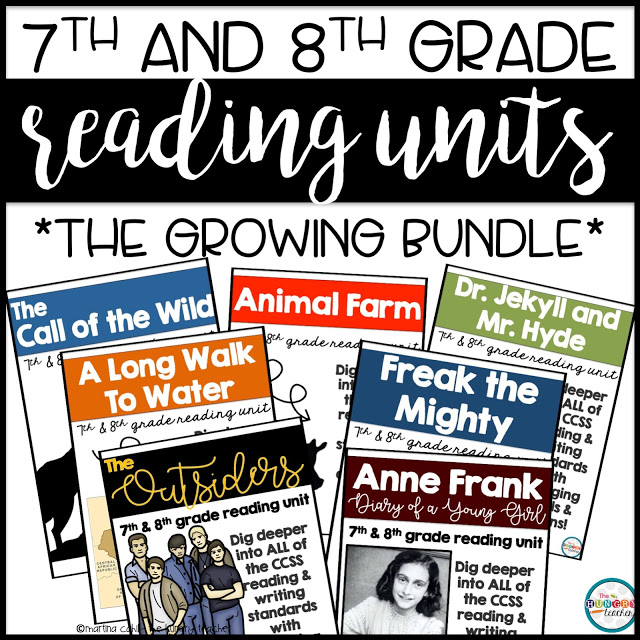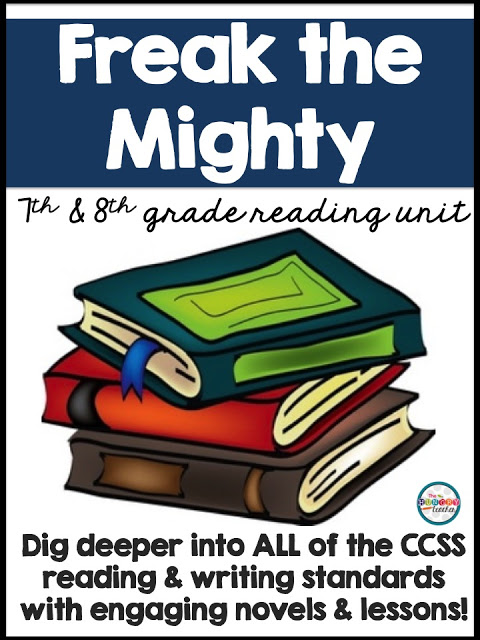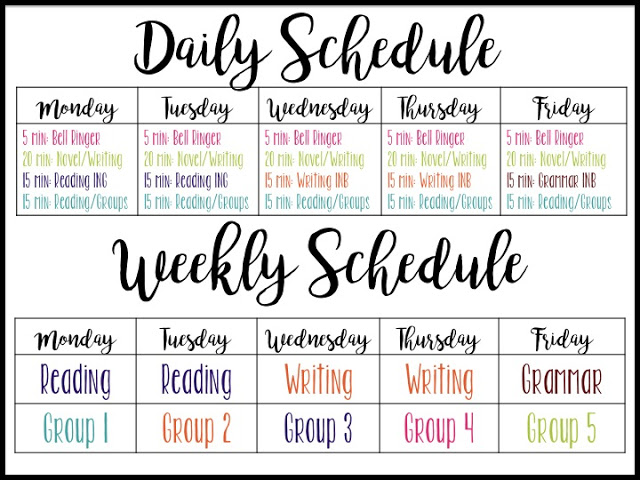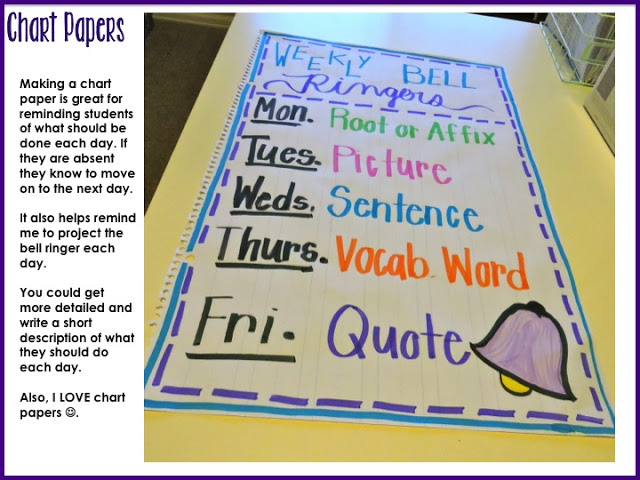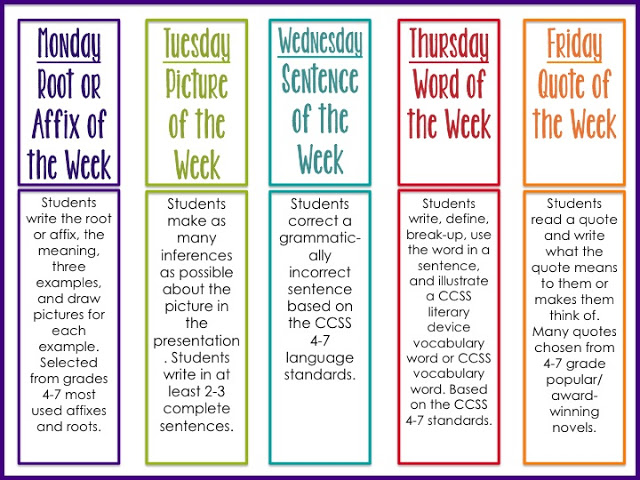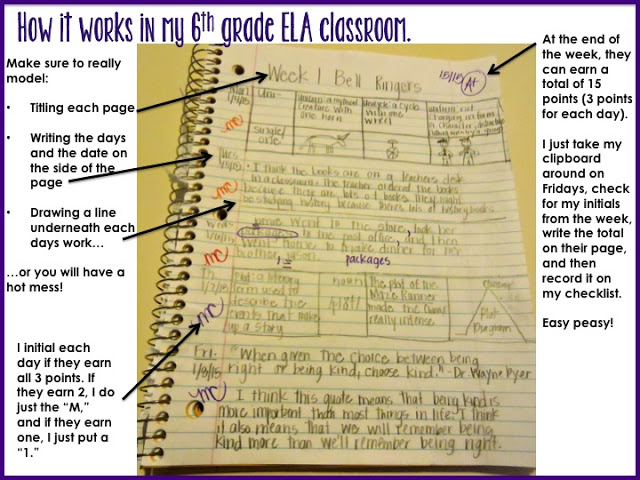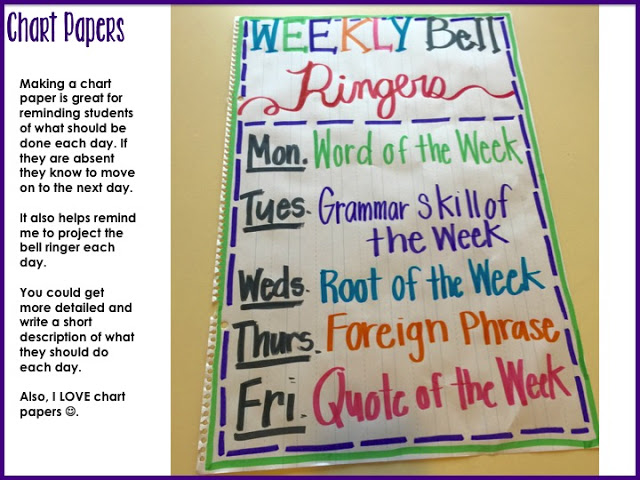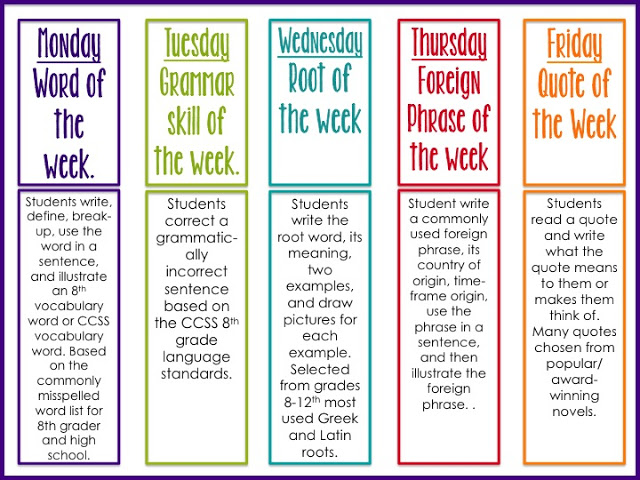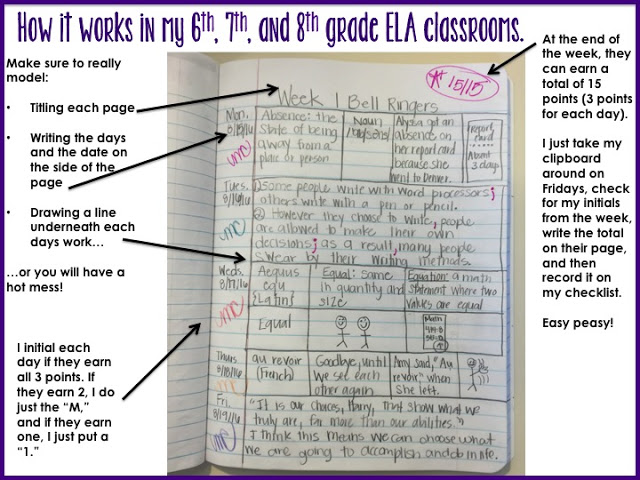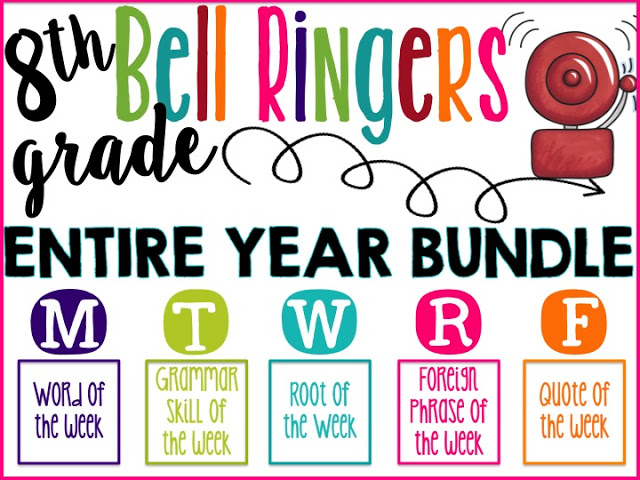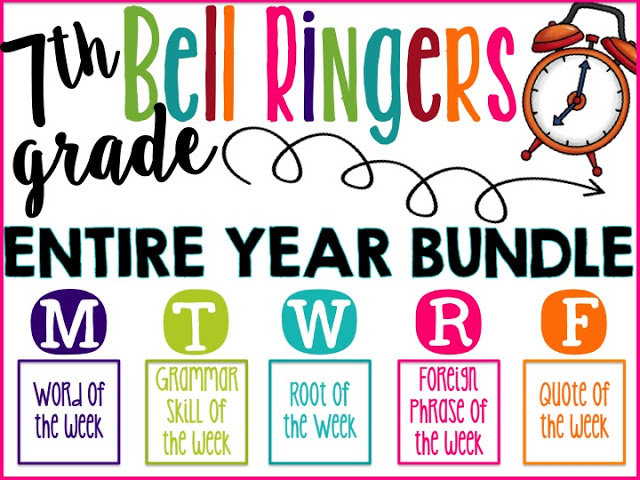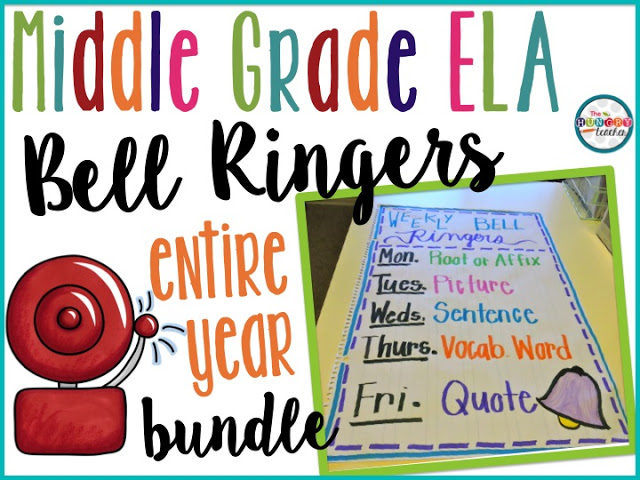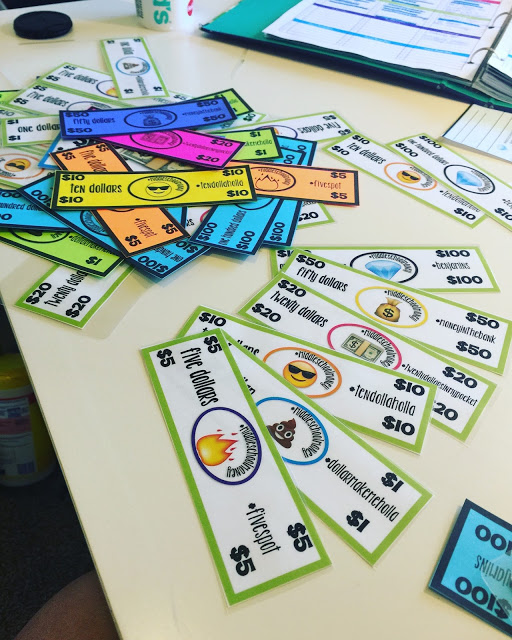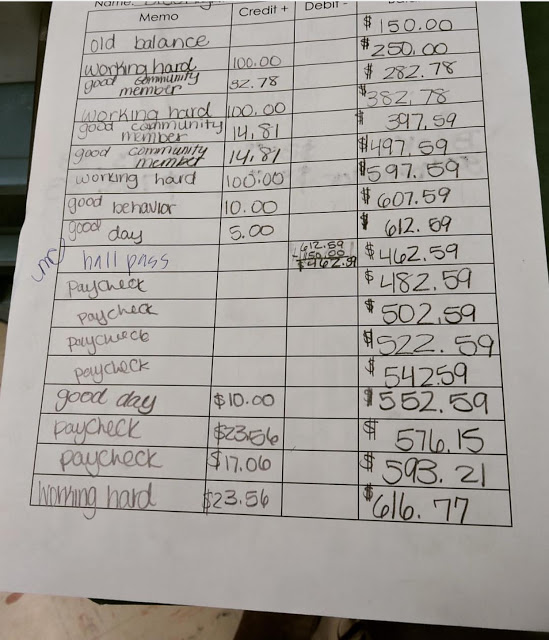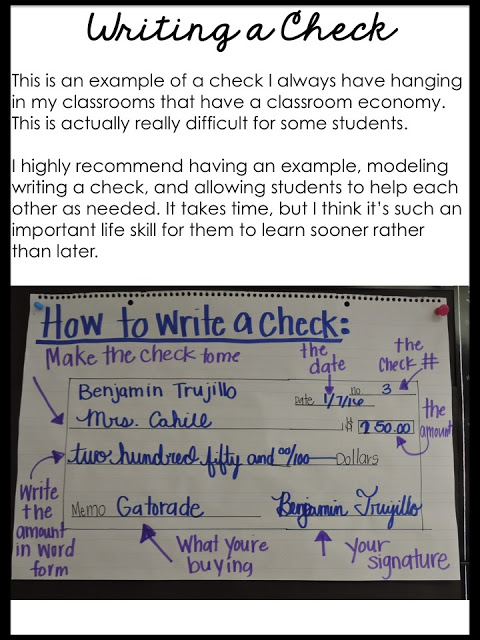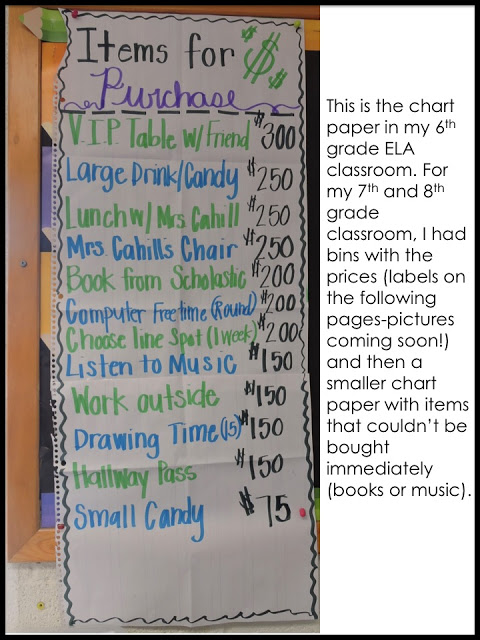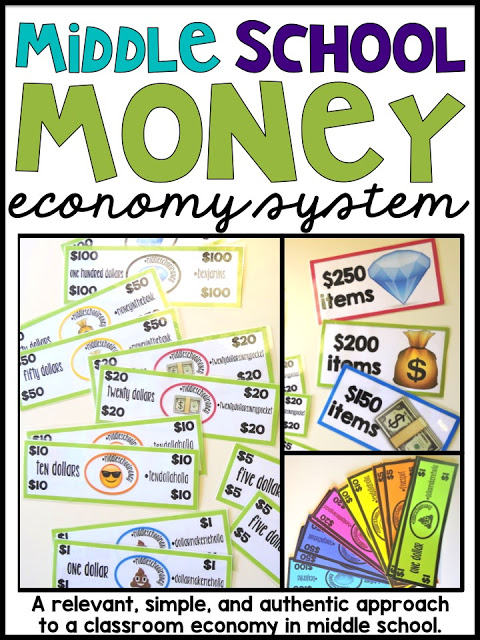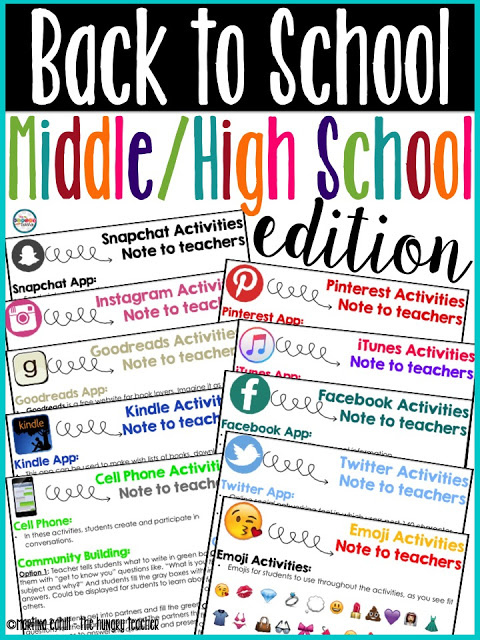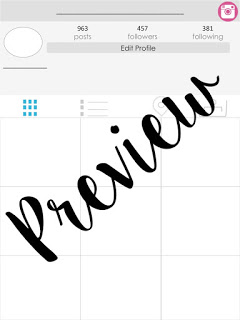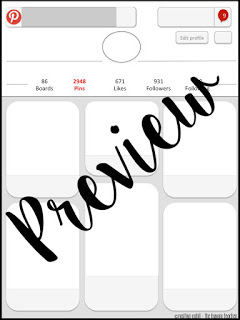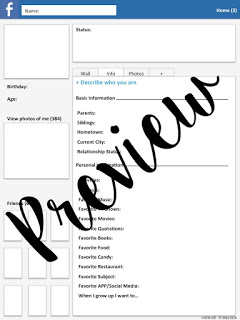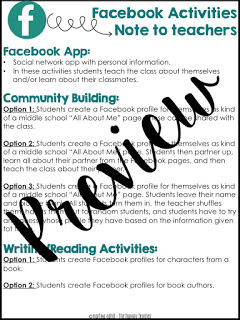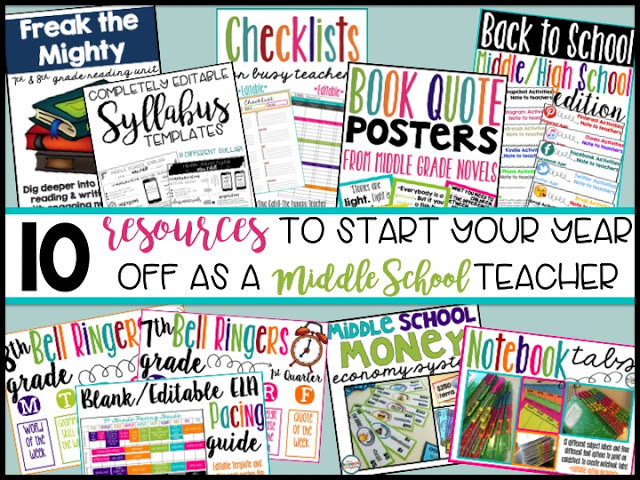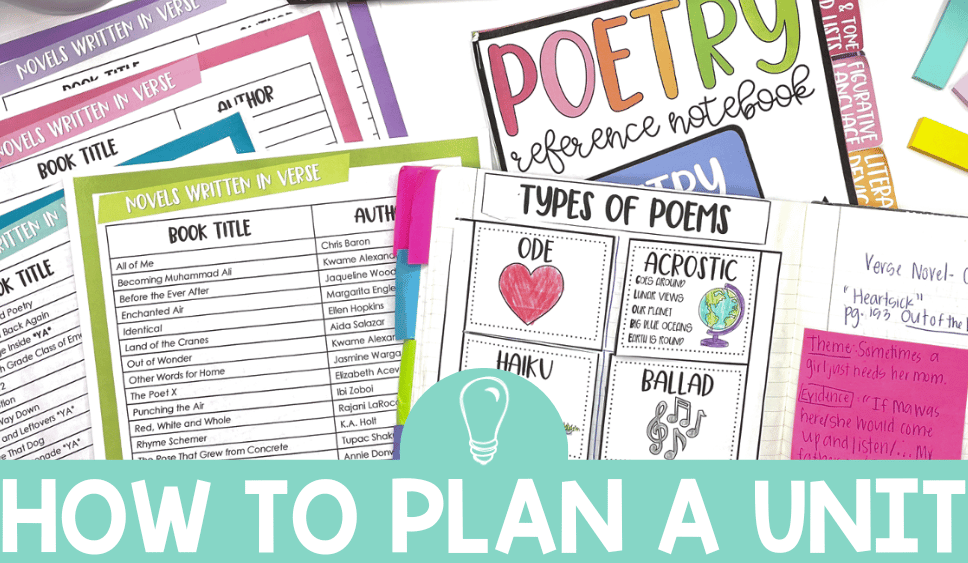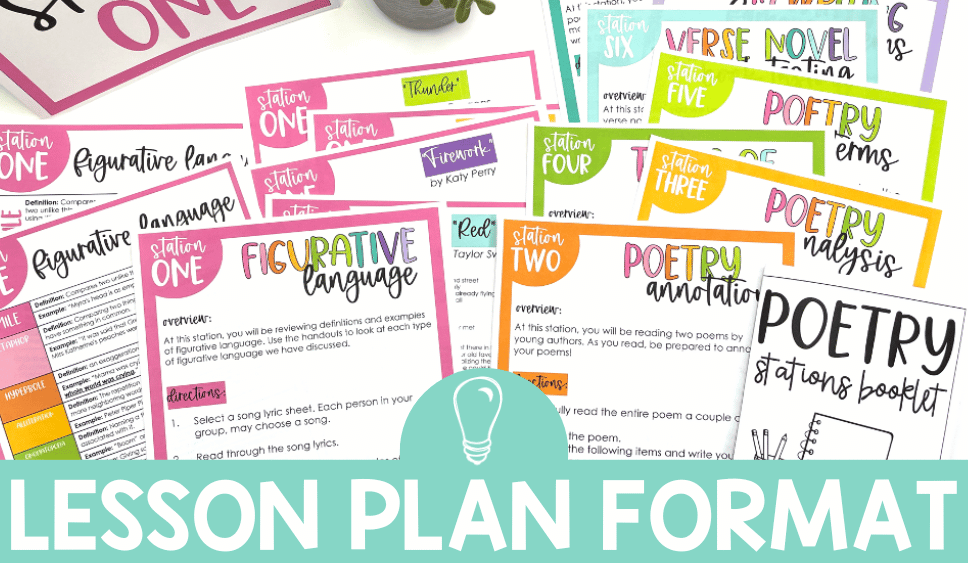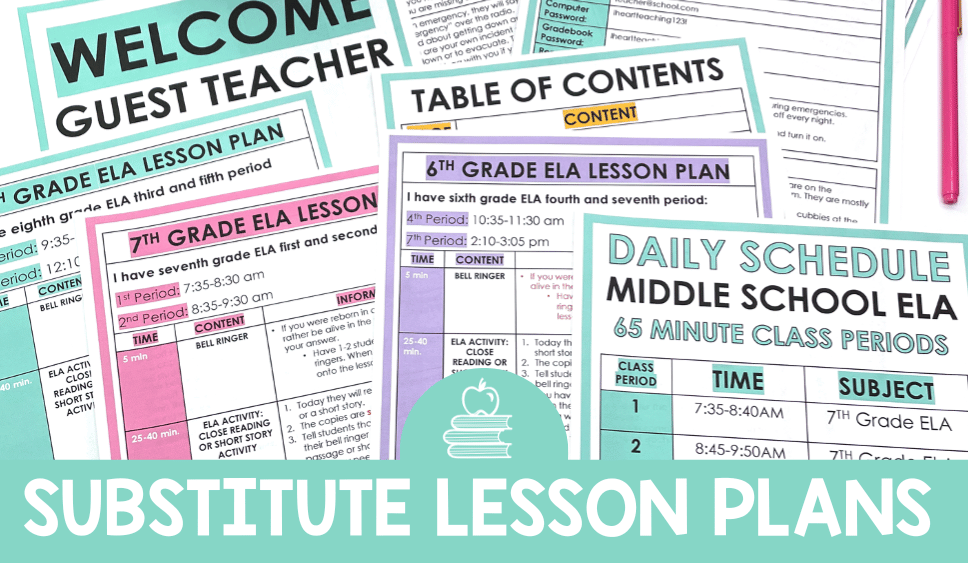
Back to School in Middle School
Hi friends,
I have had multiple ideas of posts I have wanted to share with you all about preparing for teaching in middle school, so I decided to combine them all in to one HUGE post :).
This post really came to be because, in my true nature, I am not a middle school teacher ha! My degree is in Elementary Education.
SUPER long story short, I was looking to leave my most recent school and had been eyeing my new school almost the whole school year. They FINALLY had an opening in February for Kindergarten! I applied (despite being completely terrified of the reality of teaching kindergarten).
Again… SUPER long story short, in the process of the application and the interviews, one other position opened during this time (7th and 8th grade language arts) and they instead asked me to take this position for a variety of reasons. I am getting my Masters in K-12 Reading, so that’s how I am kind of qualified ha!
In all honesty, I am way more excited than I can convey (while still allowing people to think I am somewhat sane) about teaching middle school language arts. It was never my dream, my plan, or even really a thought… but sometimes we need stuff thrown at us to realize what we want. Two years ago I was “NEVER leaving my school or fifth grade,” but a cross-state move, three schools, and three grade-levels later I’m putting my foot in my mouth.
So how does an elementary teacher prepare to teach middle school ELA for the first time? I am not an expert, but I am hoping to bring some of my elementary heart and flare to the middle school world.
Make a notebook for EVERY class you have. I initially only made one notebook for myself, but that didn’t work because I would do the lesson with 6A and then 6B would just copy my examples and we weren’t learning together.
Also, sometimes I would get ahead and/or behind in a class and… just don’t even get me started. Next year I have 5 ELA classes, but 4 of these classes will have two notebooks each. This means I will have 10 notebooks, but trust me when I say to have a notebook for every class.
I am such a freak about our notebooks, but I can say it was SO worth it to have all this determined ahead of time. I made all of my 6th graders’ notebooks, but this year, I think I am going to offer lunch or Starbucks to some super trustworthy 7th and 8th graders to help me. I have seen what happens when I let all the students do it and #icanteven #sorrynotsorry.
This is how they are organized in for next year.
- 2 pages (front and back) for the table of contents. This gives us 4 whole pages to write our contents.
- 36 pages (front and back) for bell ringers. This gives us one page (front and back) for each week of bell ringers (more on bell ringers in a second).
- Reading Response is the rest of the pages in the notebook. This is where they write all their responses to our reading units.
- 2 pages (front and back) for table of contents again
- 35 pages (front and back) for interactive reading lessons
- 16 pages (Front and back) for interactive vocabulary lessons
- 16 pages (front and back) for interactive writing lessons
- 35 pages (front and back) for interactive grammar lessons
Notebook 3: 6th Grade Books and Movies
I will be teaching at a charter school this year and one of the 6th grade electives is “Books and Movies.” I’m basically FREAKING OUT (in a good way) about this.
I think 6th gave might be my favorite now and I love books that have been turned into movies. I plan to do Holes, The Hunger Games, and Harry Potter (obviously). I plan to use my reading units, so this is the breakdown for their notebooks.
- 2 pages (front and back) for the table of contents. This gives us 4 whole pages to write our contents.
- 18 pages (front and back) for bell ringers. This gives us one page (front and back) for each week of bell ringers. I only have each 6th grade class for a semester.
- 10 pages (front and back) for vocabulary. We will do some vocabulary during our units.
- 15 pages (front and back) for Reading. We will use this for mini-lesson and maybe some interactive notebook lessons.
- Reading Response is the rest of the pages in the notebook. This is where they write all their responses to our reading units.
I based all this on my pacing guide and how many pages I thought I would need for each section.
You can get the these tabs in my TPT store. There are a variety options, and also an editable PowerPoint to make your own. They are just black and white, but I print them on Astrobrights Cardstock for durability and color! :).
You can download these 7th and 8th grade pacing guides for FREE in my TPT store (just click on the images) so you can see all of the resources I use and when I use them throughout the year.
I also created an editable version that you can use too! It has been updated for this school year.
These are the units I have completed as of July 2017 and/or I am required to teach. I still haven’t completed To Kill a Mockingbird, The Crossover, or Booked (and I have a couple others I want to do now that I have a year under my belt) but the bundle is available and I add all my new units to it FO’ FREE).
This is the layout for 7th and 8th. I (and my 6th graders) loved Picture of the Week, but I am teaching at a new school that uses the Core Knowledge and I needed a way to get our 7th and 8th Grade Foreign Phrases in, and that was the best option. I might switch some pictures for other activities when we need to mix it up.
I recently posted a picture of my “Middle School Money” classroom economy. A lot of people have asked how I manage this in middle school. Truth is I have never technically done it. Buuuuuut… I did go from self-contained 5th grade to 6th grade where I had each class for about 90 minutes. This meant I went from having 10-15 minutes every day for classroom jobs (which included banker jobs who did all the economy stuff for me) to “how can I do this in 30 seconds?”
Why am I doing this in middle school when I will have 125 students?!
- Because I love it!
- I honestly feel like middle schoolers are kind of the forgotten kids, and they don’t get stuff like this. I mean how many middle schoolers will love to be able to purchase gatorade, candy, chips, and other snacks?
- I used to be a bank teller, in high school and college, and I can not tell you how important it is that I think students know how to write a check, balance money, and take care of money.
- When I
taught self-contained elementary, I had a banker job, but this quickly became
inefficient and my middle schoolers were
just plain sneakier :).
- In middle
school, I give them the money, they add it to their balance, and give me the
money back almost immediately. I honestly didn’t initial when they added the
money, and they were honest (i.e. no one was just adding money as they
pleased).
- In
general, I can keep of track of who is getting money and who isn’t. However,
sometimes, in the early stages, I do initial each time they add (or have a
trustworthy student help) so they “know” I am checking.
- My
students can fill out checks and balance sheets whenever they want (as long as
it doesn’t interfere with instructional time). Most of mine do it once they’re
finished with their Bell Ringers.
- I am VERY
particular with what I will accept. Essentially, they can’t waste my time when
they want to purchase something:
- Students
must have the check filled out completely and must TRY to sign their name in
cursive. - They must
write the amount correctly in word form. - They must
make the check payable to me. - The memo
must say EXACTLY what they want to purchase (i.e. blue Gatorade, large Snickers
bar, tropical Skittles) - They must
have all this recorded, subtracted, and balanced on their balance sheet.
- If all of
the above is done, I simply initial their balance sheet, rip up the check
(unless they are purchasing something like a book from Scholastic, in which I
save the check until I remember to order the book), and then tell them to grab
their purchase.
- They know
to grab their purchase quickly and go
back to their seat. - If they
have done this correctly, it take maybe 5 seconds of my time and my middle schoolers are
ecstatic they can buy food.
Share it:
- Read more about: Back to School

